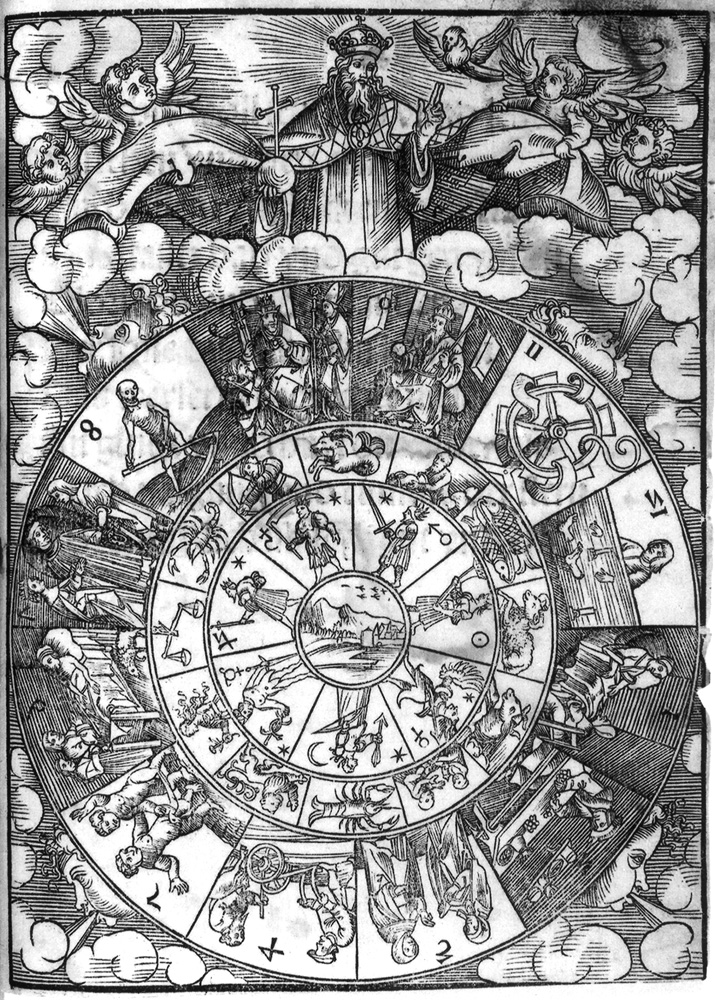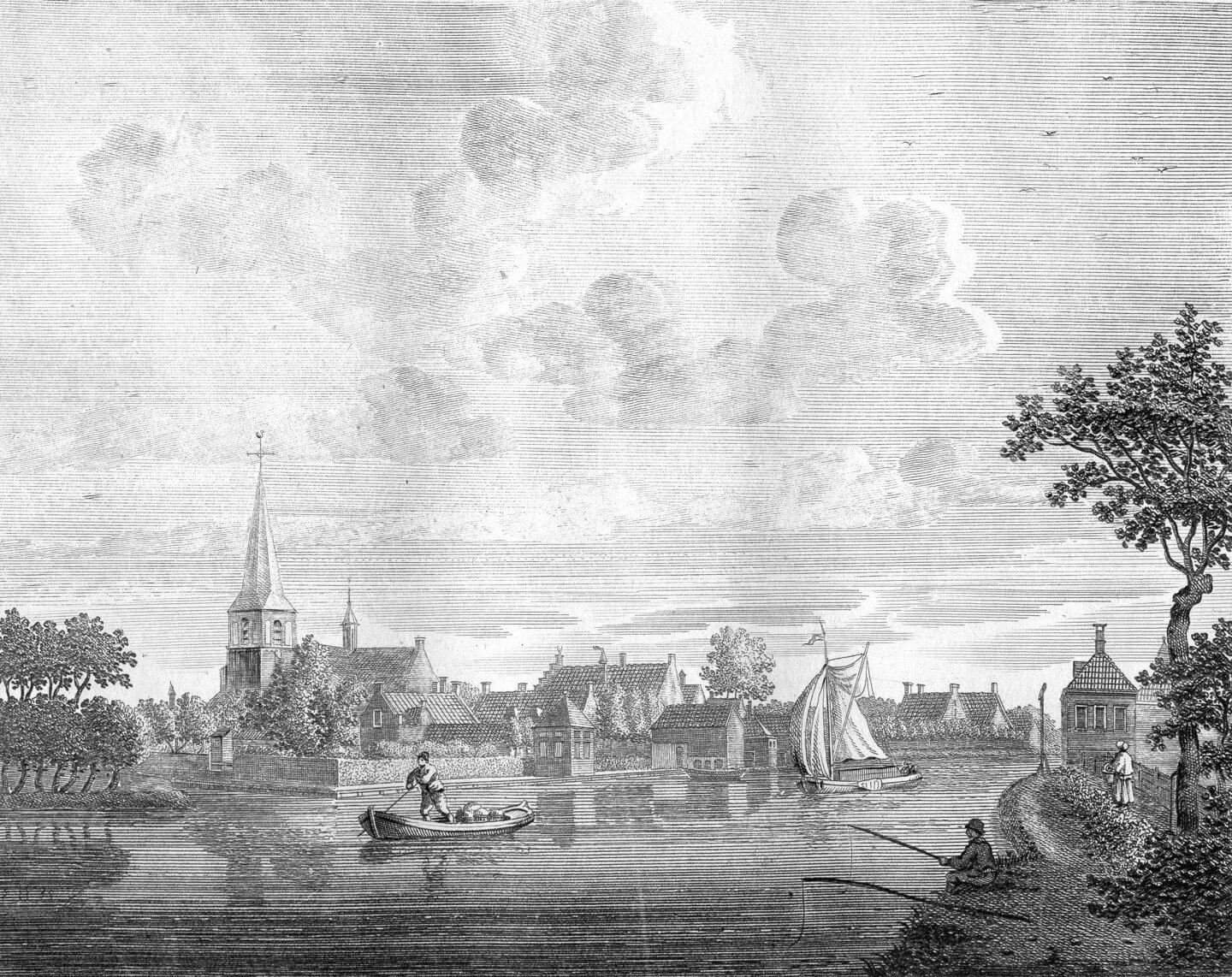Schön

Erhard Schön worked chiefly as a designer of woodcuts during the first half of the sixteenth century in Nuremberg. After the death of Dürer - whom he venerated and imitated - he became the most prolific artist in this centre of the art of woodcut of his time. There are known book illustrations by him for virtually every printer and editor in Nuremberg as well as in other locations. The first signed sheets by the artist show small pictures of saints for the Hortulus animae (1516) produced with Hans Springinklee, followed by illustrations for bibles, also in Czech, and title-page borders. He also contributed to the woodcut projects of Emperor Maximilian i. D influence is evident in the large devotional sheets such as Rosario, Man of Sorrows.
Schöns individual talent is clear from the sketches for large broadsheets involving simple compositions, but often with many figures. They have been cut by the so-called Briefmaler (esp. Hans Guldenmund, Nicolas Meldemann): War-correspondence, also sieges of towns, landsquenets, atrocities of Turks, then political-anticlerical satires. Schön was especially interested in the foolishness of humanity, which he depicted with accurate mockery. At this point he was an illustrator for poems by Hans Sachs, printed as single sheets in large quantities.
Past research has linked more than 1200 sheets to Erhard Schön. The sheer quantity of material and its varying quality suggest numerous collaborators and a large workshop. The attribution of some unsigned sheets has wavered between Schön and other artists associated with him, especially P. Flaner and S. Beham.
Designs by Erhard Schön are preserved in many collections. There is only one surviving example of Schöns painting, dating to 1538.
Compiler: Ursula Mielke
Editor: Rainer Schoch
ISBN: 978-90-72658-43-7
254 pp.

